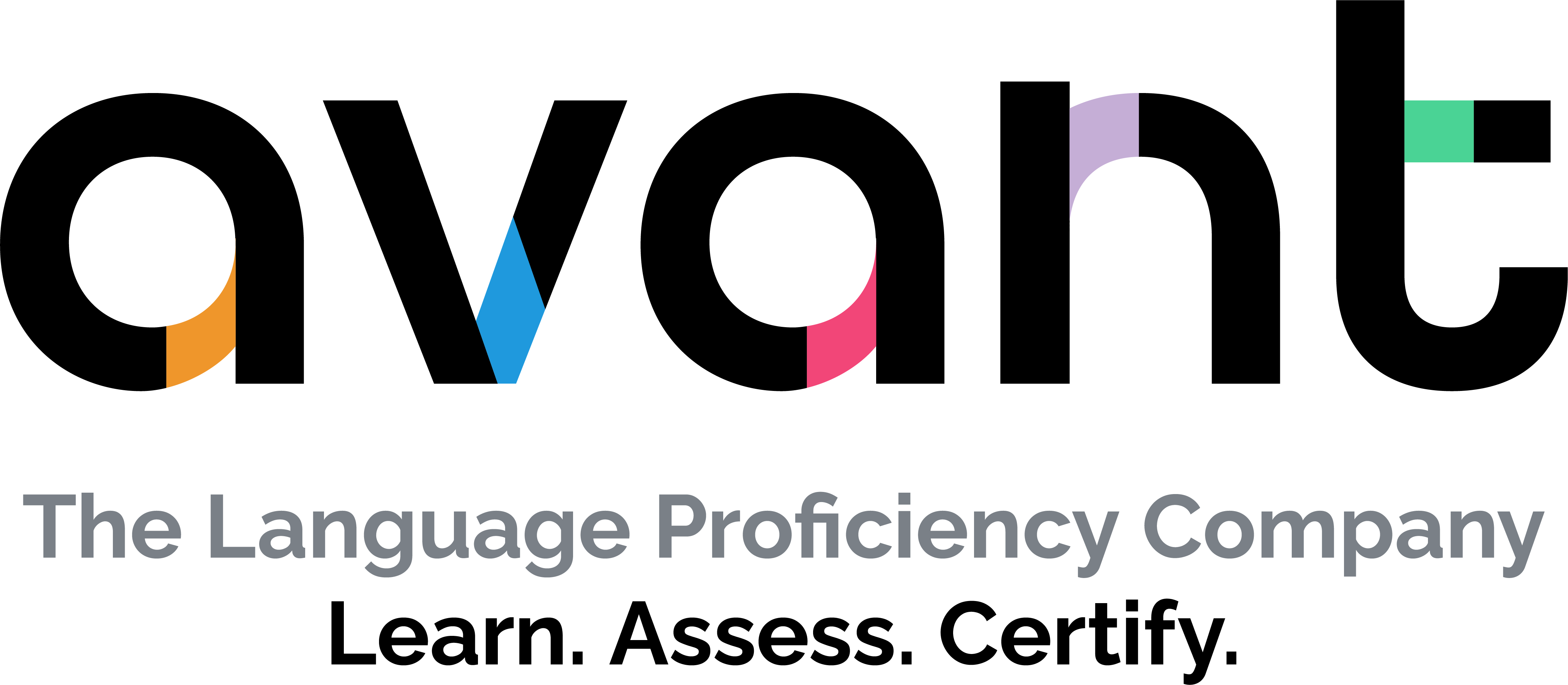Most organizations recognize the critical importance of strong leadership. But Steve Tozer, director of the Center for Urban Education Leadership at the University of Illinois at Chicago, says education institutions have been late to that insight, focusing on the teacher-student relationship to the near exclusion of all others.
That may not be serving students well.
A 2011 Wallace Foundation report on best practices in principal leadership highlights that education research shows most school variables have only small effects on learning when considered on their own.
“The real payoff comes when individual variables combine to reach critical mass,” the report's authors write. “Creating the conditions under which that can occur is the job of the principal.”
Strong principals have created environments that get teachers excited to come to work and students excited to come to school. They prioritize collaboration and professional learning so teachers continue honing their craft long after they get their first job or achieve tenure. They set high priorities for all students, regardless of family background, and set goals and pair them with a plan for achieving them.
They turn their schools into outliers.
Star principals exist in districts in every state. Tozer helps train some of them through the Center for Urban Education Leadership at UIC, and he presented with others at the International Literacy Association's annual conference in July. He sees a particularly important role for principals when it comes to literacy leadership.
“Literacy is often thought of as just another core subject matter. Like science, like math, like social studies, it’s a core subject, and therefore learning to read and write is important just like all the core subjects,” Tozer said. “That concept has to be challenged, and it takes leadership to challenge that.”
Why? Because literacy is the gateway to academic success in every other subject students take. They have to be able to read to understand math, to learn history and to study science and every other field.
A common refrain is that students learn to read until third grade, and from there they read to learn. Studies have linked third-grade reading level with high school graduation, finding students who are proficient at reading at that age are four times more likely to graduate than their peers who don’t master reading by the critical juncture.
Schools that invest in strong literacy instruction from the time students enter through third grade get a particularly significant return, whether that means starting with pre-kindergarten or kindergarten. That doesn’t mean teachers should back off from teaching reading at third grade, however. And principal leadership is key to making sure they don’t.
But there are barriers that prevent principals from doing so.
Tozer says one common barrier is that principals do not have the content area expertise to become literacy leaders. Most teacher education programs and state certification requirements do not force their teachers to become literacy experts, especially if they’re preparing to teach at the secondary level, and principals often come up as teachers.
Another barrier is that principals simply do not have the leadership skills to organize their buildings around consistent teacher improvement.
“We train our principals that job one for them is adult learning, because if the teachers teach next year the way they taught this year, we’ll get exactly the same results,” Tozer said. “You can’t command teachers to teach differently, but they can learn their way into new practices.”
And they can only do that if school leadership provides the supports necessary for them to not only learn new strategies, but incorporate them into instruction in meaningful ways.
In the coming month, Education Dive will run a series of profiles of school principals who have taken on the mantle of literacy leadership. They teach at the elementary and secondary levels in schools that are predominantly black or Latino and/or high-poverty. They address literacy challenges presented by students who do not speak English fluently or who have learning disabilities. And, importantly, they do so by fostering teacher leadership among their staff.
Check back to learn more about the best practices these principals have identified while at the helm of some of the nation’s most challenging schools.












